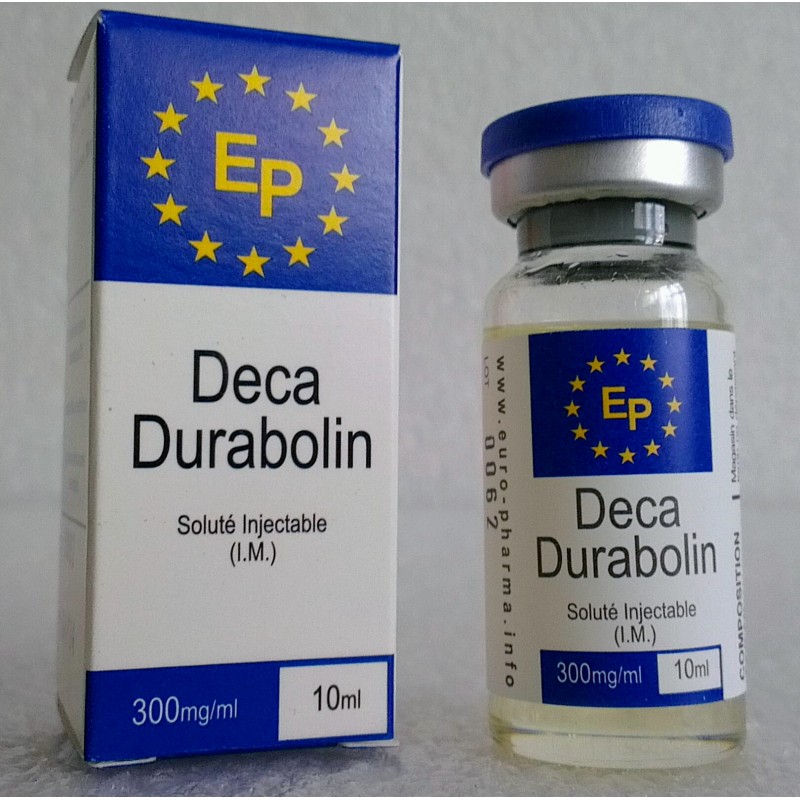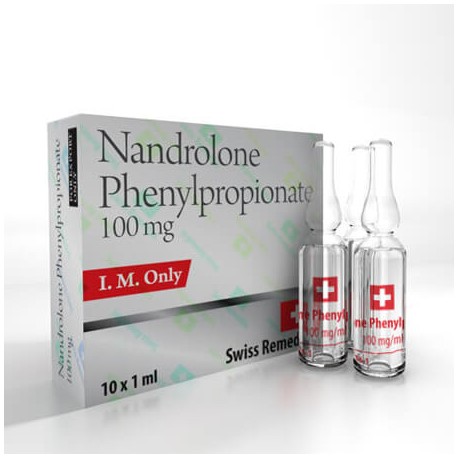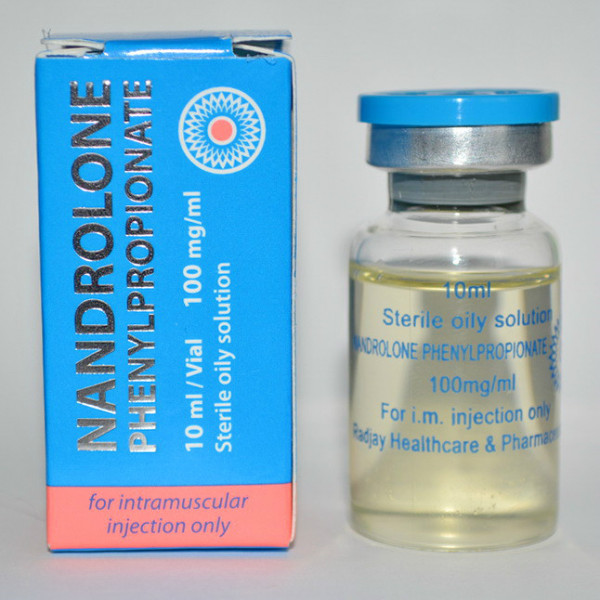Relationship to plasma proteins – 95%. Omeprazole is almost completely metabolized in the liver. It is an inhibitor of testosterone phenylpropionate enzyme system. The half-life after intravenous administration is 40 minutes and does not change during prolonged treatment. Excretion by the kidneys (70-80%) and the bile (20-30%). In chronic renal insufficiency excretion is reduced in proportion to the decrease in creatinine clearance.
Indications
- Gastric ulcer and duodenal ulcer;
- Reflux esophagitis;
- Erosive-ulcerative lesions of gastric and duodenal ulcers associated with nonsteroidal anti-inflammatory drugs testosterone phenylpropionate, stress ulcer;
- Erosive-ulcerative lesions of gastric and duodenal ulcers associated with Helicobacter pylori (in combination with antibiotics, in the complex therapy);
- Zollinger-Ellison syndrome;
- Prevention of acidic stomach contents entering the respiratory tract during general anesthesia (Mendelson’s syndrome).
Contraindications:
Hypersensitivity to the drug, children’s age, the period of lactation. With care – renal and / or hepatic impairment.
Pregnancy and lactation period
Caution should be exercised when administering the drug to pregnant women. Treatment indicated in cases where the potential beneficial effect of the drug to the mother justifies the risk to the fetus. During treatment breast feeding is not recommended.
Dosing and Administration
In case of impossibility of oral therapy in patients with gastric ulcer and duodenal ulcers or reflux oesophagitis recommended to prescribe intravenous Ultop the drug at a dose of 40 mg once a day. In patients with Zollinger-Ellison syndrome is recommended initial intravenous ultop a dose of 60 mg per day. Doses are selected individually, sometimes requires the introduction of a higher dose. If the value of a daily dose greater than 60 mg, the dose should be divided into two administrations.
The infusion solution Ultop drug is administered intravenously for 20-30 minutes. Recommended that the infusion solution be administered immediately after preparation. Patients with impaired renal function – no need to carry out a correction dose. Patients with impaired liver function – the half-life of omeprazole is longer, it is recommended to decrease the daily dose of 10-20 mg. Elderly patients dose adjustment is not required.
Preparation ultop infusion solution. Dissolve the lyophilized powder of omeprazole in 100 ml infusion of 5% dextrose (glucose) or in a 100 ml infusion of saline. Infusion solution of 5% dextrose should be used within 6 hours. Infusion solution at physiological saline should be used within 12 hours.
Side effect On the part of the digestive system: diarrhea or constipation, nausea, vomiting, flatulence, abdominal pain, dry mouth, taste disturbances, stomatitis, transient increase in activity of “liver” enzymes in the plasma; in patients with previous severe liver disease – hepatitis (including jaundice..), abnormal liver function. From the nervous system: headache, dizziness, agitation, drowsiness, insomnia, paresthesias, depression, hallucinations; in patients with severe concomitant somatic diseases, patients with previous severe liver disease – encephalopathy. From the musculoskeletal system:muscle weakness, myalgia, arthralgia. Hematopoietic system: leukopenia, thrombocytopenia; . in some cases – agranulocytosis, pancytopenia For the skin: itching, skin rash; in some cases – photosensitivity, erythema multiforme, alopecia. Allergic reactions: urticaria, angioedema, bronchospasm, interstitial nephritis, anaphylactic shock, fever. Other: visual testosterone phenylpropionate disturbances, peripheral edema, increased sweating, gynecomastia; seldom – formation of gastric glandular cysts during long-term treatment (a consequence of inhibiting the secretion of hydrochloric acid, is benign, reversible). If Ultop used for a short period of time, side effects are rare and has a mild and transient. The most common side effects noted in the beginning of treatment. During prolonged treatment reduces the frequency of side effects. Side effects observed severe very rare. If they develop, treatment should be interrupted. The incidence of side effects in patients older than 65 years is the same as in younger patients.
Overdose symptoms: pain in the abdominal region, drowsiness, headache, dizziness, increased sweating, dry mouth, palpitations, blurred vision. Possible convulsions, difficulty breathing, and low body temperature. There is no specific antidote. Treatment is symptomatic. Hemodialysis is not effective enough.
Interaction with other medicinal products
interaction of omeprazole with other drugs is rare. There is a possibility of interaction with drugs that are metabolized in the liver with the participation testosterone phenylpropionate of the enzyme cytochrome P450. The concentrations in the blood plasma of diazepam, phenytoin, nifedipine, warfarin, aminopyrine, antipyrine and disulfiram may increase. As a rule, this increase is clinically insignificant for normal doses of omeprazole.Nevertheless, it is advisable to monitor the patients in the early or canceling treatment ultop, and if necessary to adjust the dose of phenytoin, diazepam, warfarin and disulfiram.
When concomitant administration of clarithromycin concentrations of clarithromycin and serum omeprazole increased.
Increasing the pH of gastric juice can result in reduce the bioavailability of ampicillin, ketoconazole, itraconazole and iron preparations.
Co-administration of omeprazole and digoxin to healthy individuals increases the bioavailability of digoxin by 10% due to the increased pH in the stomach.
The effectiveness of cyclosporin and prednisolone can be reduced. So sometimes you need to adjust the dose of cyclosporine.
When concomitant administration of antacids, amoxicillin, digoxin, theophylline, lidocaine, quinidine, metoprolol or propranolol clinically significant interaction has not been established.
Cautions
Before therapy is necessary to exclude the presence of malignant process (especially gastric ulcer), t. To. The treatment, masking symptoms, may delay correct diagnosis.
For elderly patients the dose adjustment is not required. Bioavailability of omeprazole is increased in patients with cirrhosis of the liver, but not marked increase in toxicity. The daily dose should not exceed 20 mg.
For patients with kidney disease a dose adjustment is required. Dialysis patients with chronic kidney disease does not affect the pharmacokinetic properties of omeprazole. Effects testosterone phenylpropionate on ability to drive and use other mechanisms in normal doses the drug testosterone phenylpropionate has no effect on the speed of psychomotor reactions and concentration.






